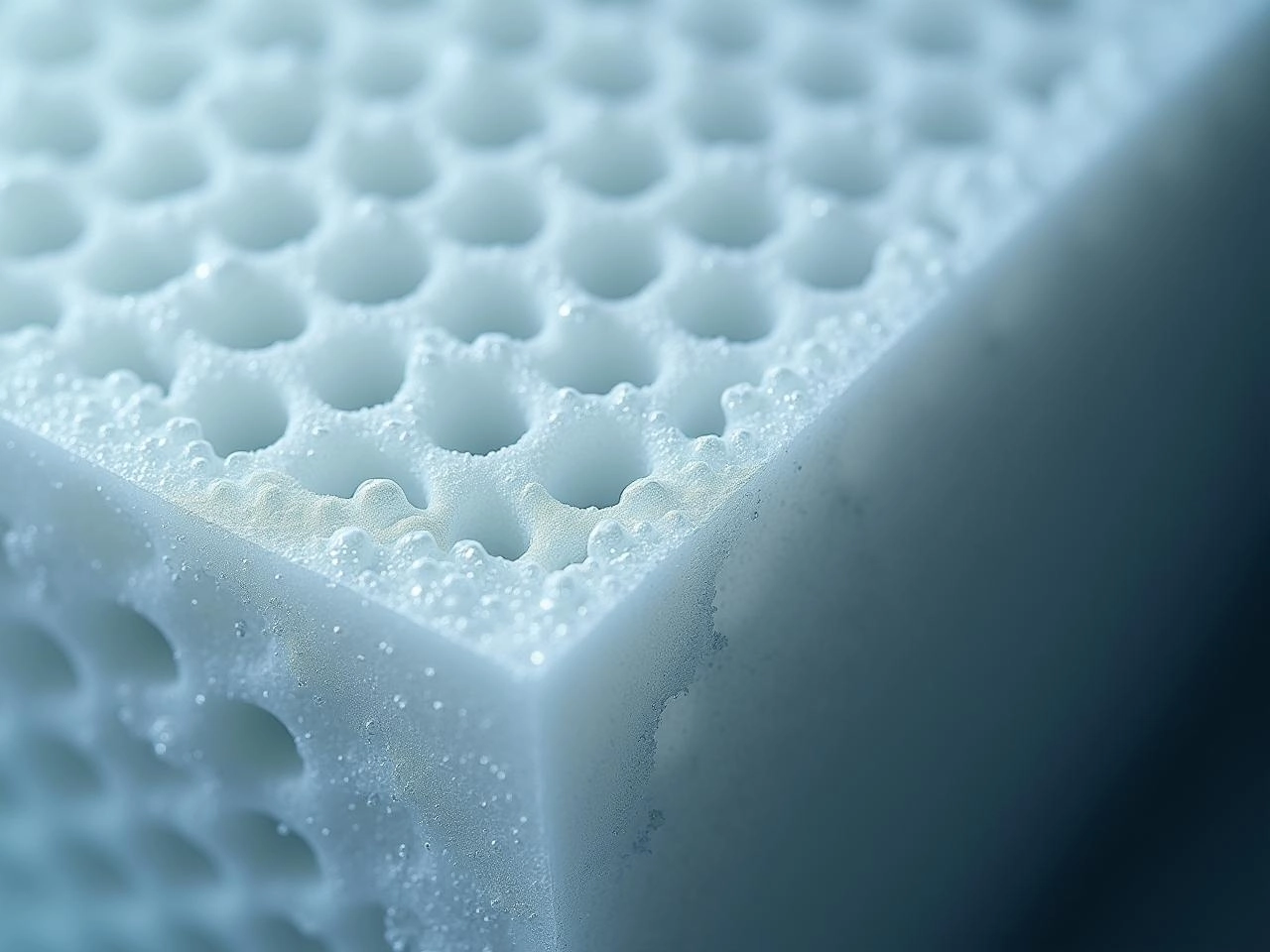The effectiveness of any audio isolation solution is dictated by its core material science. Traditional materials like rubber, silicone, and Sorbothane rely on viscoelasticity or mass-loading to manage resonance. While effective up to a point, advanced solutions utilize engineered structures, such as Microcell Rigid Foam, to achieve superior, frequency-independent energy dissipation for true high-fidelity decoupling.
Understanding Traditional Viscoelastic Materials
Traditional isolation materials manage vibrations through two primary mechanisms:
- Viscoelastic Damping (Silicone/Sorbothane): These materials absorb vibration energy and convert it into low-level heat. However, their performance is highly sensitive to the frequency of the vibration and the load (weight) applied. If the component’s resonant frequency does not match the material’s optimal range, the material can sometimes store energy and release it as a smeary sound signature.
- Mass-Loading (Rubber/Neoprene): Dense materials increase the overall mass of the component, which lowers the system’s overall resonant frequency. The drawback is that they do not effectively dissipate mid-to-high frequency ringing, and their dampening characteristics are generally less uniform across the audio spectrum.
The Advantage of Microcell Resonance Absorption
Microcell Rigid Foam represents a paradigm shift from simple damping to engineered absorption. MITMATs utilize millions of tiny, sealed gas bubbles within a lightweight PVC matrix.
- Mechanism: When a vibration wave hits the microcell structure, the cell walls flex and the gas inside dissipates the kinetic energy across numerous micro-surfaces, converting it to heat without the energy storage associated with purely viscoelastic materials.
- Benefits: This results in high dampening efficiency that is consistent across a wider frequency range, superior decoupling at low frequencies, and a lightweight profile that doesn’t rely on mass to function.
Material Performance Comparison Table
| Material Type | Primary Mechanism | Pros | Cons |
| Sorbothane | Viscoelastic Damping | Excellent high-frequency absorption. | Performance highly dependent on temperature and load; can ‘smear’ bass. |
| Rubber/Neoprene | Mass-Loading | Inexpensive, durable, good for basic floor decoupling. | Low dampening coefficient; ineffective at mid-to-high frequency ringing. |
| Silicone | Viscoelastic Damping | Highly resistant to permanent compression; stable. | Lower dampening effect than Sorbothane; costly for large applications. |
| Microcell Rigid Foam | Resonance Absorption | Superior low-frequency decoupling (3-10 dB); dissipates mid/high ringing (up to 20 dB); lightweight. | Proprietary engineering required; initial cost is higher than basic materials. |
Q&A on Isolation Materials
Q: Can I stack different materials for better results? A: Stacking different materials is not recommended. This creates multiple transition layers with varying resonant frequencies, often leading to unpredictable filtering and energy reflections, which can worsen audio clarity “. Use a single, engineered solution.
Q: Why is Sorbothane sometimes considered ‘too slow’ for audio? A: Sorbothane is highly damping (viscous), meaning it absorbs energy well, but it can be slow to release that energy. This transient behavior can sometimes be perceived as a subtle loss of dynamics or a “slowed down” bass response compared to materials that dissipate energy more quickly and cleanly.
